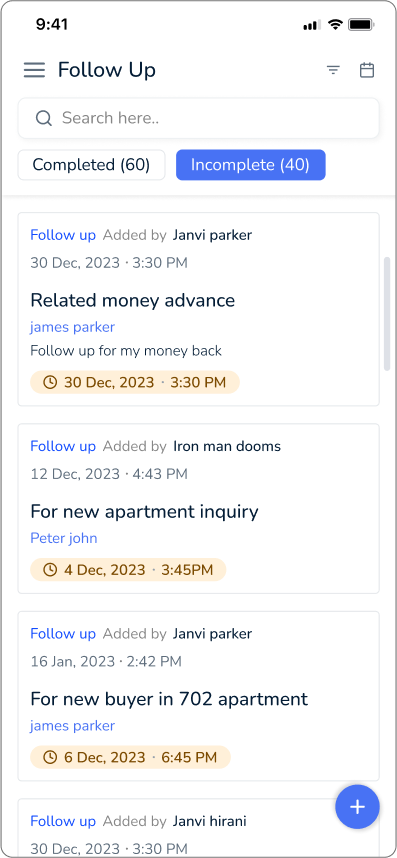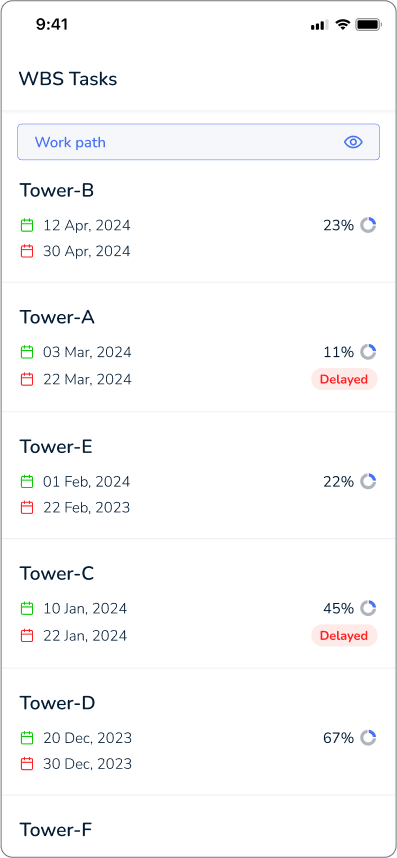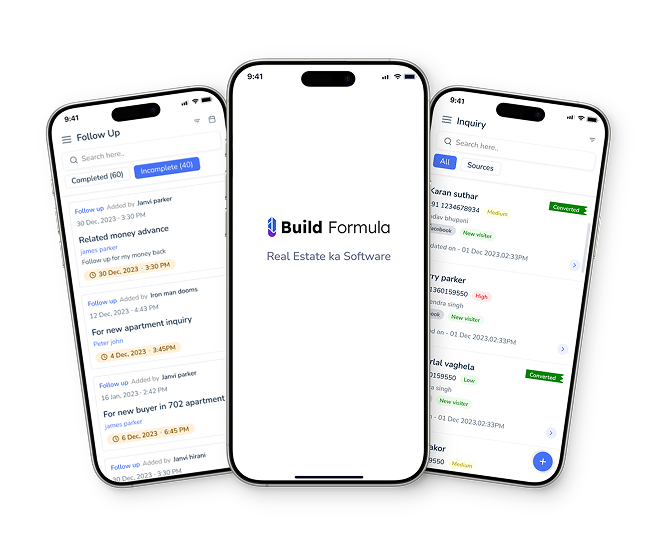
Managing a construction project needs blood, sweat, and tears. From planning to execution, every step demands the utmost commitment and effort. A construction project manager is accountable for delivering projects on time. A small delay in project completion can lead to tremendous loss. In a world where time is money, the pressure on construction construction managers to deliver on time is immense. A delay in project completion can have cascading effects on the budget and reputation of the builder.
The role of a construction project manager entails overseeing every aspect of a project, from coordinating with various stakeholders and managing resources to ensuring compliance with regulations and maintaining quality standards. They act as the driving force, employing their expertise to keep projects on track while adapting and problem-solving in the face of unexpected challenges.
In this article, we will share with you 7 proven strategies used by successful construction project managers.
Unlock Success with 7 Construction Project Management Strategies
Here are 7 strategies that a project manager must use for effective project management:
Get Complete Details
Before starting any construction project, it is crucial to have a complete understanding of the project details before the project begins. This includes knowing the scope, size, and budget of the project. Understanding the scope of the project helps determine the specific tasks and goals that need to be accomplished. It outlines what needs to be done, the limitations, and any potential challenges that may arise along the way. Knowing the size of the project helps in planning the resources and manpower required for its completion. It gives an idea of the scale of work, materials needed, and the timeline for completion.
Don’t hesitate to ask for details. Having a clear understanding of the budget ensures that the project stays within the financial limits and prevents any unexpected expenses. It allows for proper planning and allocation of funds for different aspects of the project. Consequently, by knowing the details of the construction project beforehand, one can develop a more accurate and comprehensive plan, leading to successful outcomes.
Organized Work Breakdown Structure (WBS)
Construction project managers break down major tasks into smaller tasks through a process known as work breakdown structure (WBS). One effective way to obtain and manage this information is by utilizing Enterprise Resource Planning (ERP) software. Construction ERP software allows construction companies to create a detailed work breakdown structure (WBS) for their project. The WBS breaks down the project into smaller, more manageable tasks, providing a clear and organized structure for project planning and execution. By using ERP software to create a WBS, construction companies can effectively allocate resources, manage timelines, and track progress. Additionally, ERP software allows for seamless collaboration among different teams within the company, enabling better communication and coordination throughout the project. Overall, implementing ERP software with a comprehensive WBS feature greatly enhances construction project management, leading to improved efficiency and successful outcomes.
Regularly Monitor Progress
Regularly monitoring the progress of a successful project execution. In the past, project managers had to physically visit the construction site to track the progress, which could be time-consuming and inefficient. However, with the advancements in technology, this task has become much more streamlined and convenient. The emergence of Enterprise Resource Planning (ERP) software has revolutionized project monitoring. One of the greatest advantages of using Real Estate ERP software is that project managers can monitor the progress from the comfort of their own homes. This eliminates the need for traveling to the site and allows for real-time updates on the project’s status. Through construction project management software, project managers can access essential data related to project milestones, timelines, and resource allocation. They can easily track the completion of tasks, identify any bottlenecks or delays, and make necessary adjustments accordingly. Overall, using ERP software for project monitoring has significantly improved efficiency and productivity in the construction industry.
Identify Contingent Risks
The construction management process is not without its share of risks. While some risks may be identified and predicted, such as delays in material delivery or unforeseen weather conditions, there are also contingent risks that are unpredictable and cannot be visualized. These contingent risks can arise from various sources, including changes in government policies, economic fluctuations, or natural disasters, among others. Identifying and addressing contingent risks is crucial for effective construction management, as they have the potential to impact project timelines, costs, and overall success. It is important to recognize that while it may be impossible to control or prevent contingent risks, steps can be taken to mitigate their potential impact. This can involve developing contingency plans, such as alternative procurement strategies or establishing emergency response protocols. Keep a close watch on government policies for the construction business. By acknowledging and actively managing both predictable and contingent risks, construction project managers can enhance their ability to deliver successful outcomes and minimize potential disruptions.
Leverage Technology
Technology is taking every industry by storm, and the construction industry is no exception. With the help of various software solutions, project managers can now leverage technology to streamline and enhance the entire construction project management process. Software made for contractors & project managers provides assistance at every stage of the project, from planning and design to execution and monitoring. For instance, computer-aided design (CAD) software enables project managers to create detailed blueprints and 3D models, allowing for improved visualization and accuracy during the planning phase. Construction management software, on the other hand, helps in organizing and tracking tasks, schedules, budgets, and resources, providing real-time updates and status reports. Additionally, building information modeling (BIM) software facilitates collaboration and communication among different stakeholders, resulting in improved coordination and reduced errors. By utilizing technology, construction project managers can streamline processes, improve efficiency, and ultimately deliver projects on time and within budget.
Avoid Micromanagement
Avoid doing everything by yourself. Micromanagement can be detrimental to the success of a project, especially in industries where projects are large and complex. It is important for construction project managers to avoid involving themselves in every little detail and task. Instead, they should trust that their colleagues and project team members have the necessary skills to complete their tasks effectively. Micromanagement not only wastes valuable time but also stifles creativity and innovation within the team. By stepping back and allowing team members the freedom to make decisions and solve problems on their own, project managers can foster a sense of ownership and accountability among team members.
By avoiding micromanagement, project managers can utilize their time more effectively, allowing them to focus on making strategic decisions and implementing strategies to boost the business. Ultimately, avoiding micromanagement allows for a more efficient and productive work environment, leading to better outcomes for the project.
Prepare a To-Do List
With the hustle and bustle of everyday life, it is easy to become overwhelmed with numerous daily tasks. To ensure that nothing falls through the cracks, it is beneficial to rely on smart apps to help prepare a to-do list. By utilizing these apps, one can create a comprehensive daily tasks list that can be easily accessed and updated. The beauty of these apps lies in their ability to send notifications for pending tasks, allowing individuals to avoid missing any important deadlines or appointments. Whether it is completing assignments, attending meetings, or running errands, having a to-do list helps to prioritize tasks and stay organized. Additionally, these apps often offer features such as setting reminders, adding notes, and tracking progress, further enhancing productivity and efficiency.
So, instead of relying solely on memory, why not embrace technology and make use of these smart apps to keep track of daily tasks and never miss an important task again?







